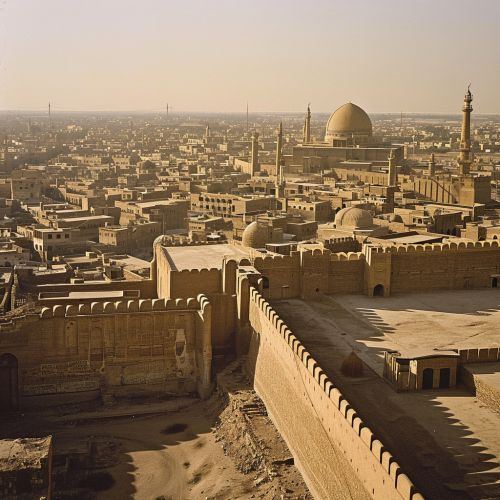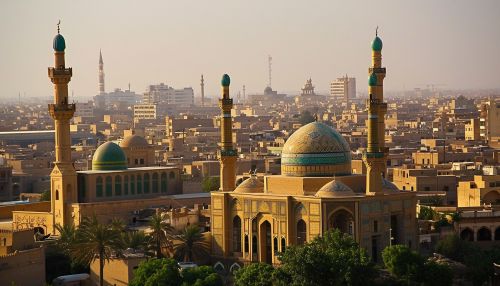Ibn al-Haytham
Early Life and Education
Ibn al-Haytham was born in Basra, Iraq in 965 AD during the Islamic Golden Age. His family was well-educated and encouraged his early interest in learning. He received his early education in Basra and showed a keen interest in science, philosophy, and medicine from a young age. He later moved to Baghdad for higher studies, where he studied under renowned scholars of the time.


Career and Contributions to Science
Ibn al-Haytham made significant contributions to the field of optics, mathematics, physics, and astronomy. His most significant work is the 'Kitab al-Manazir' or 'Book of Optics', which had a profound impact on the understanding of vision and light. He proposed that humans see objects by light reflecting off of objects and into our eyes, a theory which contradicted the widely accepted emission theory proposed by Euclid and Ptolemy that light rays emanate from the eye itself.
In mathematics, Ibn al-Haytham developed analytical geometry by establishing linkage between algebra and geometry. He was also one of the first to propose the concept of infinity and worked extensively on the theory of parallels. His work in this area laid the groundwork for the development of non-Euclidean geometry.
In the field of astronomy, Ibn al-Haytham attempted to explain the phenomenon of lunar and solar eclipses and the apparent size of celestial bodies. He was also one of the first to argue that the celestial spheres do not consist of solid matter.
Experimental Methodology
Ibn al-Haytham is often credited as the first scientist to introduce the experimental method in conducting scientific research. He emphasized the importance of empirical evidence and reproducibility of results. He argued that hypotheses must be supported by experiments that produce consistent results, a method that forms the basis of the modern scientific method.
Later Life and Legacy
In his later years, Ibn al-Haytham became increasingly reclusive, choosing to spend his time in study and prayer. He died in Cairo, Egypt in 1040 AD. His works were translated into Latin and other European languages in the Middle Ages, influencing a number of European scholars including Roger Bacon and Johannes Kepler. Today, he is considered one of the greatest scientists of the medieval Islamic world, and his contributions to various fields of science are still recognized and studied.


